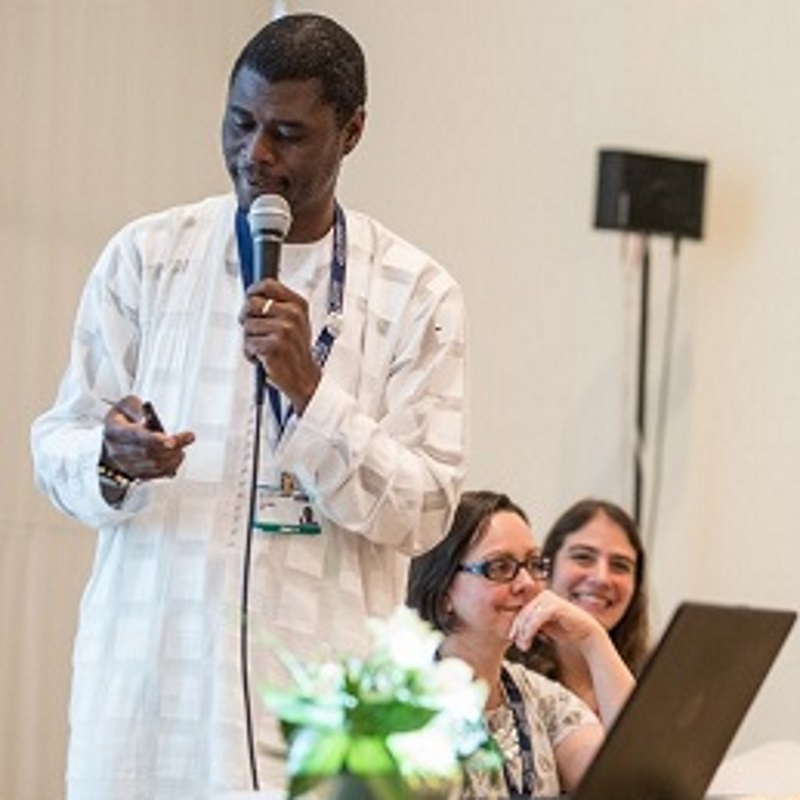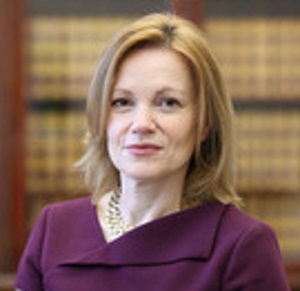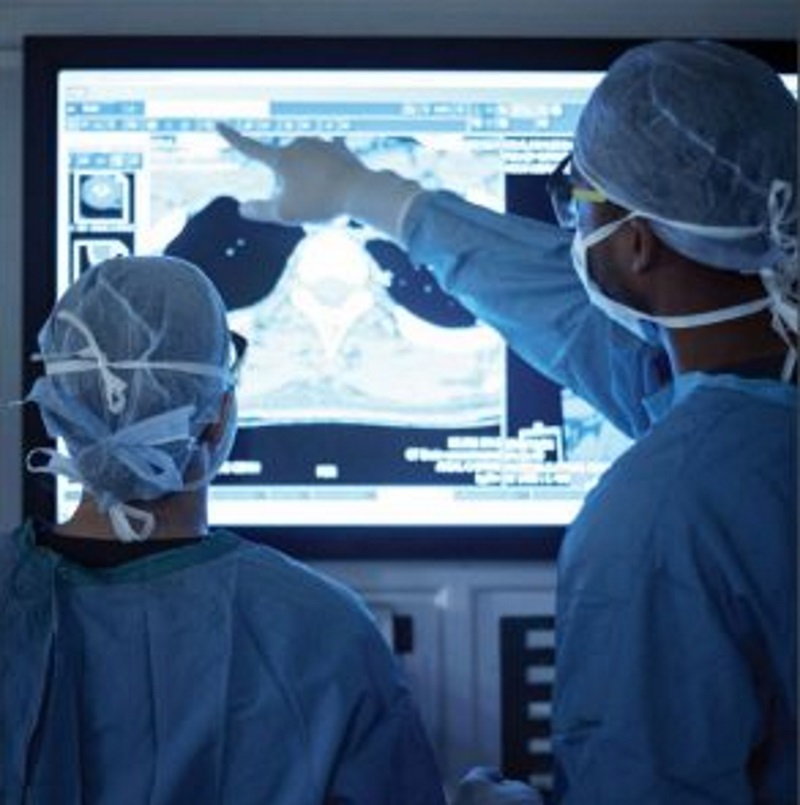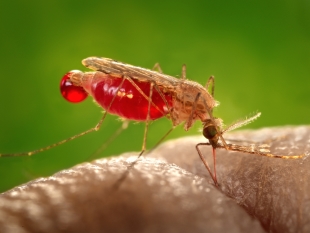This side event on synthetic biology aimed to help delegates better understand current and future applications and regulations for these technologies.

The Royal Society, the Wellcome Trust and the African Academy of Sciences co-hosted a side event on synthetic biology at the fourteenth Conference of the Parties to the UN Convention on Biological Diversity to help delegates better understand current and future applications and regulations for these technologies.
The speakers’ talks covered:
- the principles and technologies that underpin synthetic biology;
- applications for synthetic biology in improving health and protecting the environment;
- and the rules and expertise necessary to effectively regulate synthetic biology.
- Details of the speakers and their talks included below.
Karen Polizzi, Imperial College London
Karen’s introduction to synthetic biology covered the distinctive features of the field, particularly the cross-sector collaboration involved and the use of computers to model possible designs for biological components that will deliver specific outcomes. The most promising of these modelled components are then developed in the laboratory, often using automated processes, and then tested to see if they do indeed deliver the desired outcomes. These processes can be used to produce products more efficiently, such as Karen’s work on monoclonal antibodies that are providing new ways of treating cancer, but also to research biological regulatory mechanisms and so discover new ways of using and developing biological systems.
Louise Horsfall, University of Edinburgh
Louise provided an overview of some of the applications that synthetic biology is being used for today. As with Karen, she explained how the approach enables basic research into the minimal requirements for a living system and the architecture of biological components necessary to sustain life. More applied research is helping to develop lower carbon-footprint alternatives to fossil-fuel based energy and chemicals. Scientists are also using synthetic biology to produce new materials, such as the spider silk used in Adidas’s biodegradable trainers or biodegradable alternatives to conventional plastics. These and other materials are helping the move to a circular economy whereby waste materials are captured when they are thrown away and converted into useful inputs for manufacturing. Synthetic biology is also helping to clean up post-industrial landscapes, enabling the restoration of degraded ecosystems. This broad range of examples demonstrates how synthetic biology provides a set of tools that can deliver new solutions to old problems.
Mamadou Coulibaly, University of Sciences, Techniques and Technologies of Bamako
Mamadou’s talk focused on one particular synthetic biology tool, gene drives, as a possible new solution to the ongoing problem of malaria. He began by explaining why new tools are needed, especially in Africa, by showing how the incidence of malaria is no longer falling and setting out the limitations of existing interventions such as bed nets and insecticide spraying. After talking through the science of gene drives [the Royal Society’s statement on gene drives provides further information on what gene drives are and how they work], he focused on questions concerning how gene drives should be regulated. This included:
- the extent to which existing frameworks, such as the World Health Organisation’s Guidance Framework for testing genetically modified mosquitoes, could be applied to gene drive organisms;
- how socio-economic and ecological risks from releasing gene drive organisms should be assessed;
- how the risks of not taking any further action should be assessed.
- He concluded that these questions should be answered through collaborations between the countries and institutions where gene drive organisms are being developed and the countries where they would be released.
Douglas Miano, University of Nairobi
Douglas picked up on the idea that existing frameworks should be the starting point for developing new regulations for synthetic biology. He set the goal for regulation as being harnessing the potential of new technologies whilst eliminating or mitigating the risks. For synthetic biology in general and gene drives in particular, he suggested that biosafety regulations and the Cartagena Protocol principles for regulating Living Modified Organisms could be a good starting point. These set out a case by case, step by step, and comparative analysis approach. As with Mamadou, Douglas emphasised the need for countries where synthetic biology products will be made available to be involved in developing regulations for them. In many African countries, he said this would require building the capacity of regulatory institutions and the expertise of individuals within those institutions to be able to do this effectively.
Akin Abayomi, Nigerian Institute of Medical research
Akin also focused on the need to build regulatory capacity in many African countries before some applications for synthetic biology could be researched safely, particularly gain of function research involving infectious diseases. But in a context of global scientific revolutions, he also pointed to the need for Africa to adopt bio and data-based technologies to avoid being out-competed by other parts of the world such as Europe and North America. He also highlighted the potential for synthetic biology to address some of the challenges many African countries face such as responding to climate change and high burden diseases. He suggested that a one health approach should be the basis for developing effective regulations for synthetic biology, as these technologies are inherently interdisciplinary in the way they are developed and in the spread of their risks and benefits. But he cautioned that the research community needs to be responsible in terms of recognising where their existing skills, governance and infrastructure are not sufficient to use synthetic biology safely.
Discussion
The discussion picked up on familiar themes from the talks such as the potential for synthetic biology applications and the capacity needed to regulate them effectively, but also opened up the question of what role the UN Convention on Biological Diversity (CBD) should play in developing regulations for synthetic biology. One question pointed to the remit of the CBD being restricted to living organisms so many synthetic biology products, such as novel materials, would be out of scope of the convention. Speakers pointed to the need for a guidance document to help clarify terminology used in the convention, which in turn would help clarify what aspects of synthetic biology the CBD is best placed to help regulate. Speakers also pointed to areas that countries were better placed to lead on, such as developing education programmes that would help build the skills needed for successful regulation and developing frameworks for responsible research and innovation.




